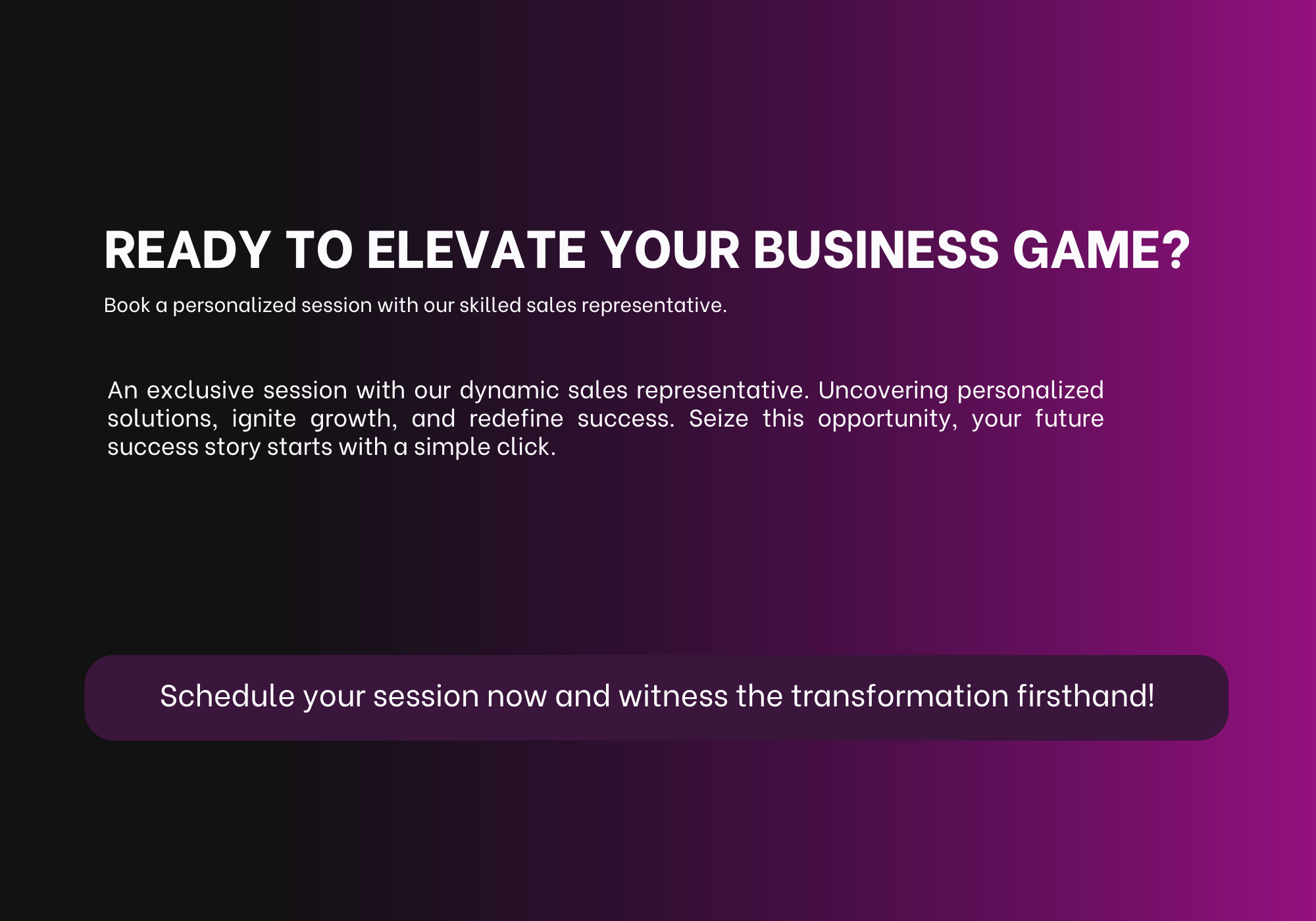In a time when speed and customisation are the most important things, chatbots are an essential conversation marketing tool. These intelligent automated assistants transform the manner in which customers interact with businesses, delivering real-time support, personalised experience, and mass automated interaction.
Why Chatbots Are Game-Changers
Marketing chatbots allow thousands of customers to be contacted at one time without giving up that human element. From greeting visitors to your site to guiding shoppers through a funnel, they’re 24/7 responsive machines giving timely, contextually relevant responses.
Benefits of Using Chatbots for Customer Interaction
Welcoming chatbots into your customer engagement strategy brings an abundance of advantages. Perhaps the most notable is 24/7 customer support; bots work around the clock, giving instant responses and greatly reducing waiting times. Their state of being present encourages greater participation, with customers more likely to interact when responses are instant and relevant. Chatbots are also great lead qualifiers, eliminating questions automatically and qualifying high-potential leads for your sales teams.
Another key benefit is interaction
A single bot can service thousands of users at one time without calling upon additional human capacity. Drawing on their artificial intelligence, bots can now develop customised customer interactions, recall previous interactions and change responses based upon user behaviour. All these imply huge cost avoidance from automated support and giving your human agents time to concentrate on undertakings where sophistication is implied.
How to Use Chatbots in Conversational Marketing
To really make chatbots work for conversational marketing, start by setting some objectives. Determine whether your bot is going to assist, advise, schedule appointments, or take customer feedback. Having set your objectives, choose the correct platforms, either your site, Facebook Messenger, WhatsApp, or Instagram DMs, where your users are most engaged.
Second, focus on writing human-like responses that reflect your brand voice. Make it fun with a friendly tone, quick responses, and even emojis. Third, divide your users by interactions, behaviour, or funnel step so that your message is never contextless. Fourth, it’s also beneficial to link your chatbot with CRM systems and marketing platforms to automatically follow up, campaign, and report. Lastly, test and optimise on the go. Monitor chatbot performance metrics like open rates, drop-off points, and conversions to optimise your performance over time.
There are plenty of practical applications of chatbots in customer service and marketing in real life. For online store shopping, they can recommend products, track orders, or process returns. Appointment scheduling or FAQs suit their use best for local businesses. Even event hosts now use bots to register guests, remind them, and provide schedules, all in real-time.
Chatbot marketing is not a future thing! It’s here. With chatbots powered by AI, businesses can deliver wiser, faster, and more intentional customer interactions. Whether an enterprise or startup, incorporating chatbots into your conversational marketing strategy can dramatically boost engagement, conversion, and customer loyalty.


